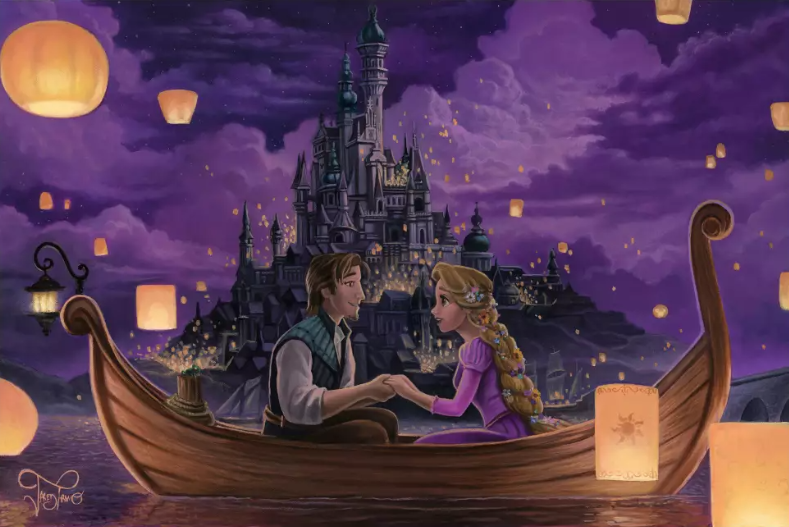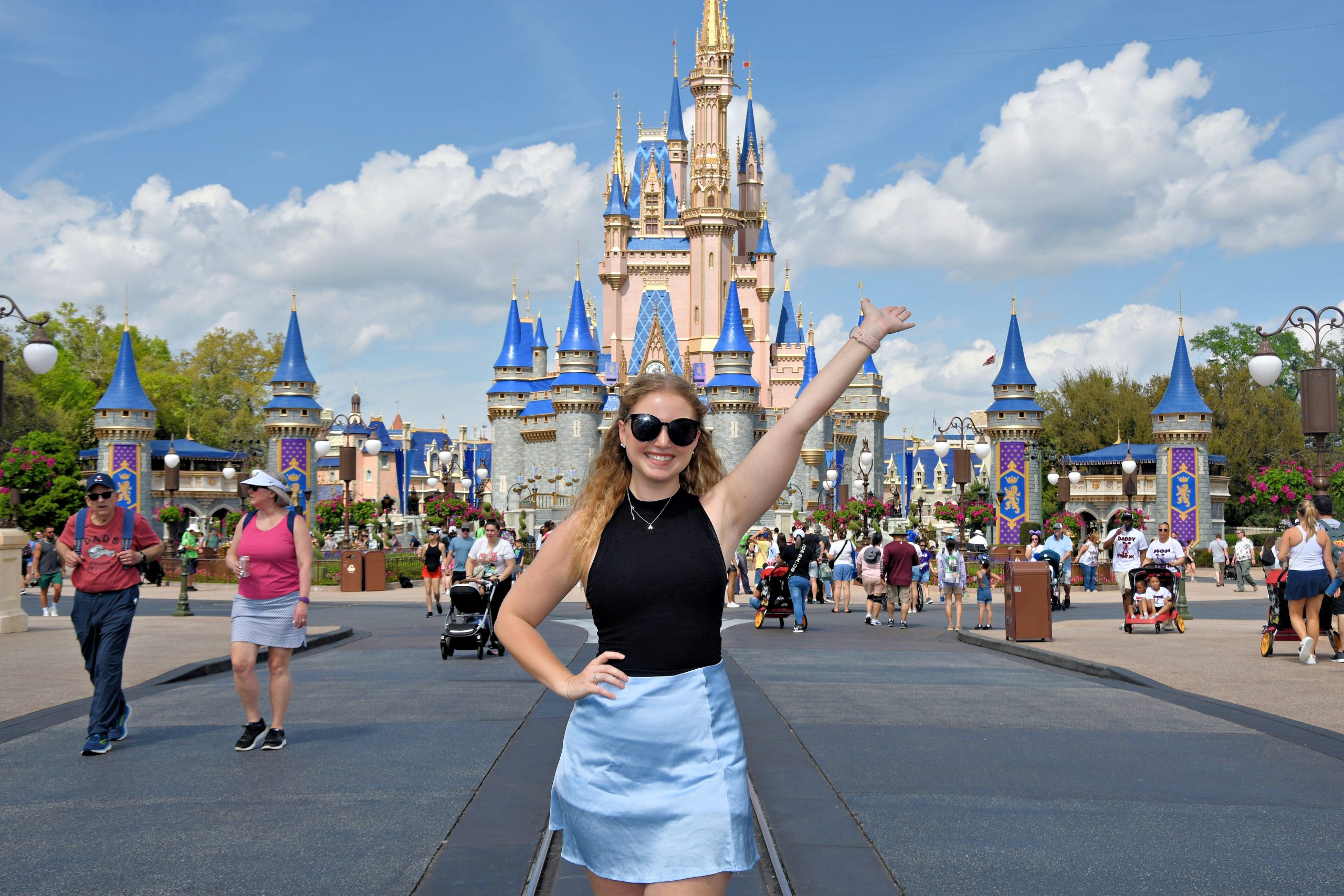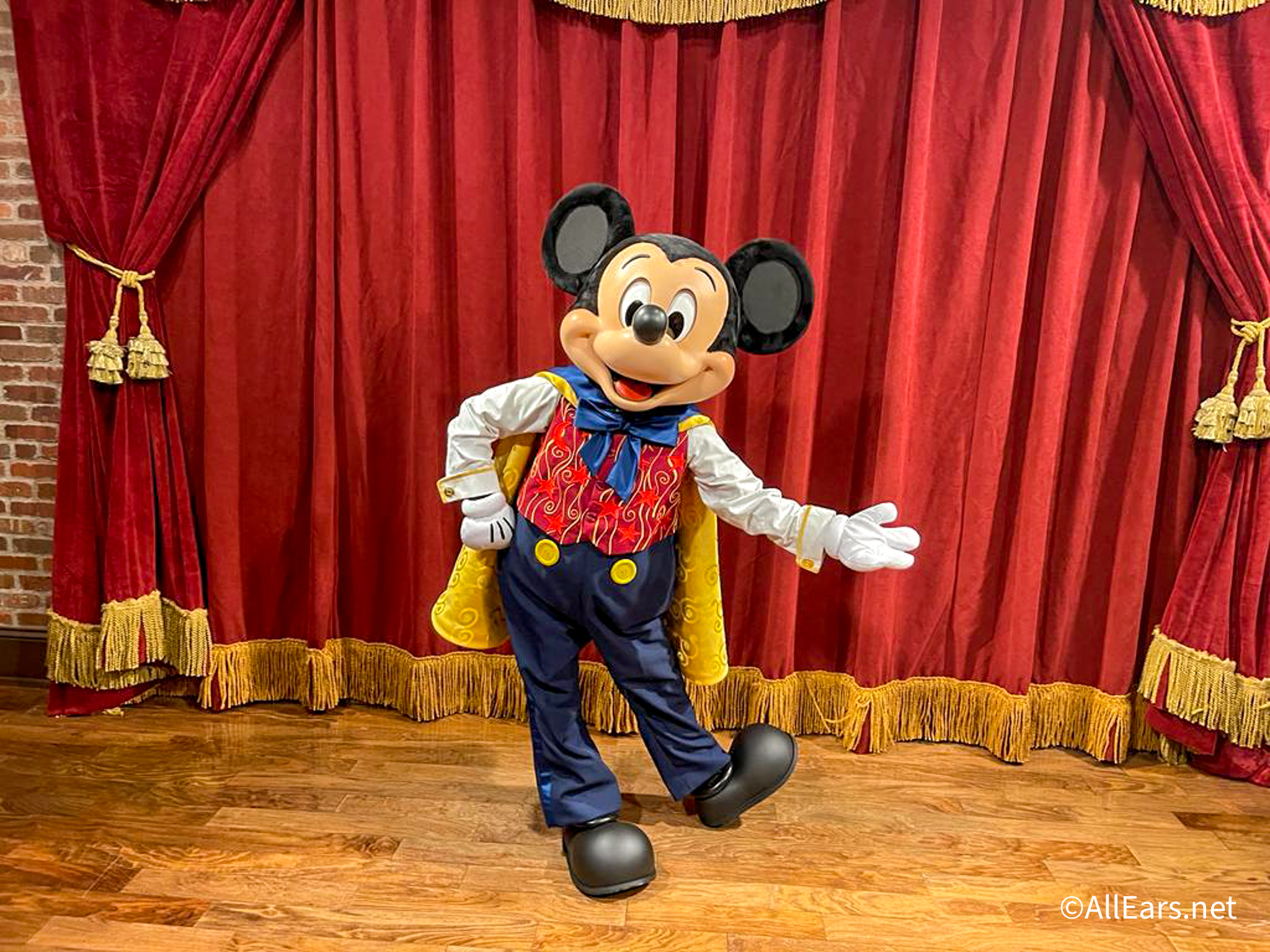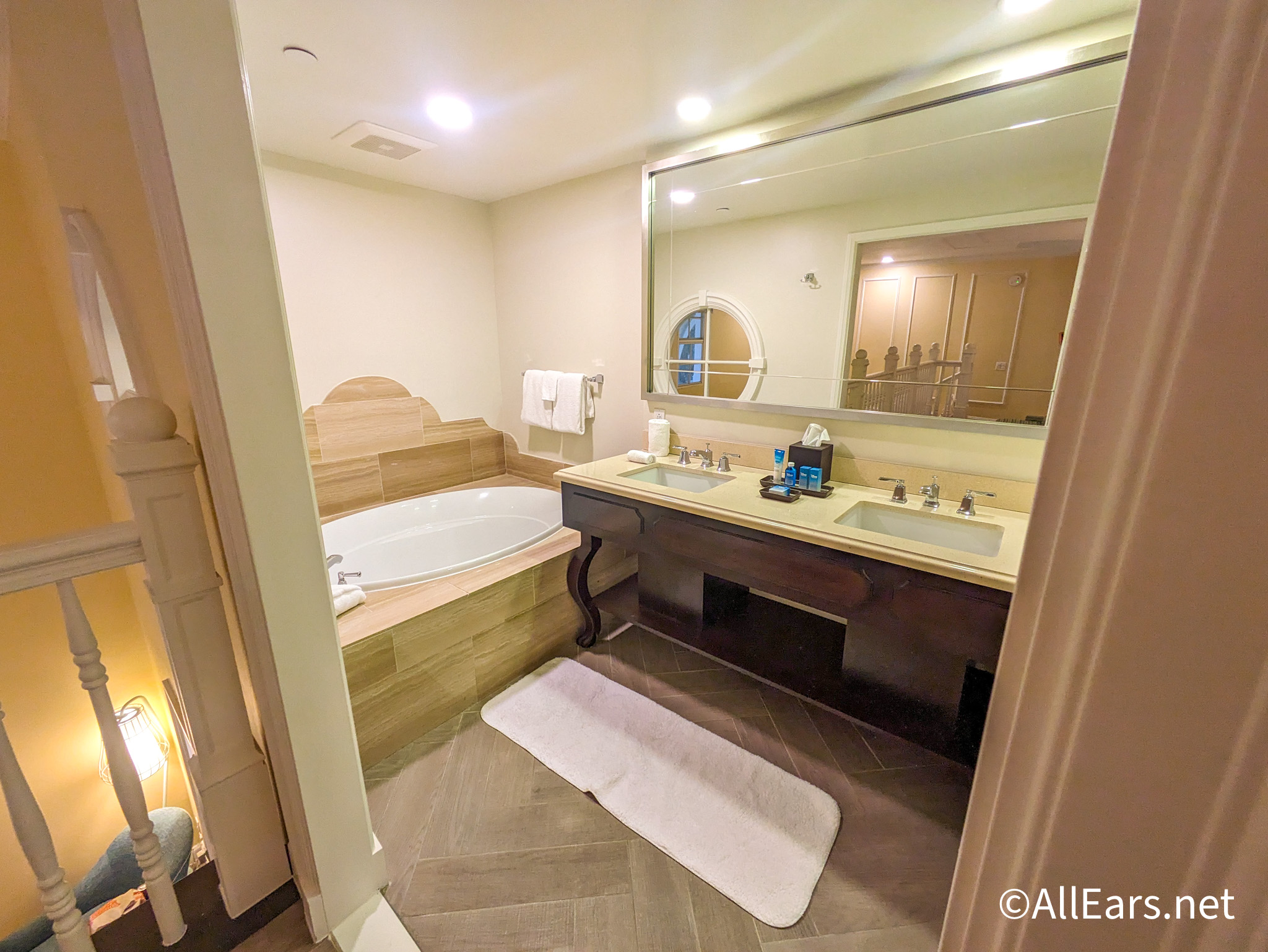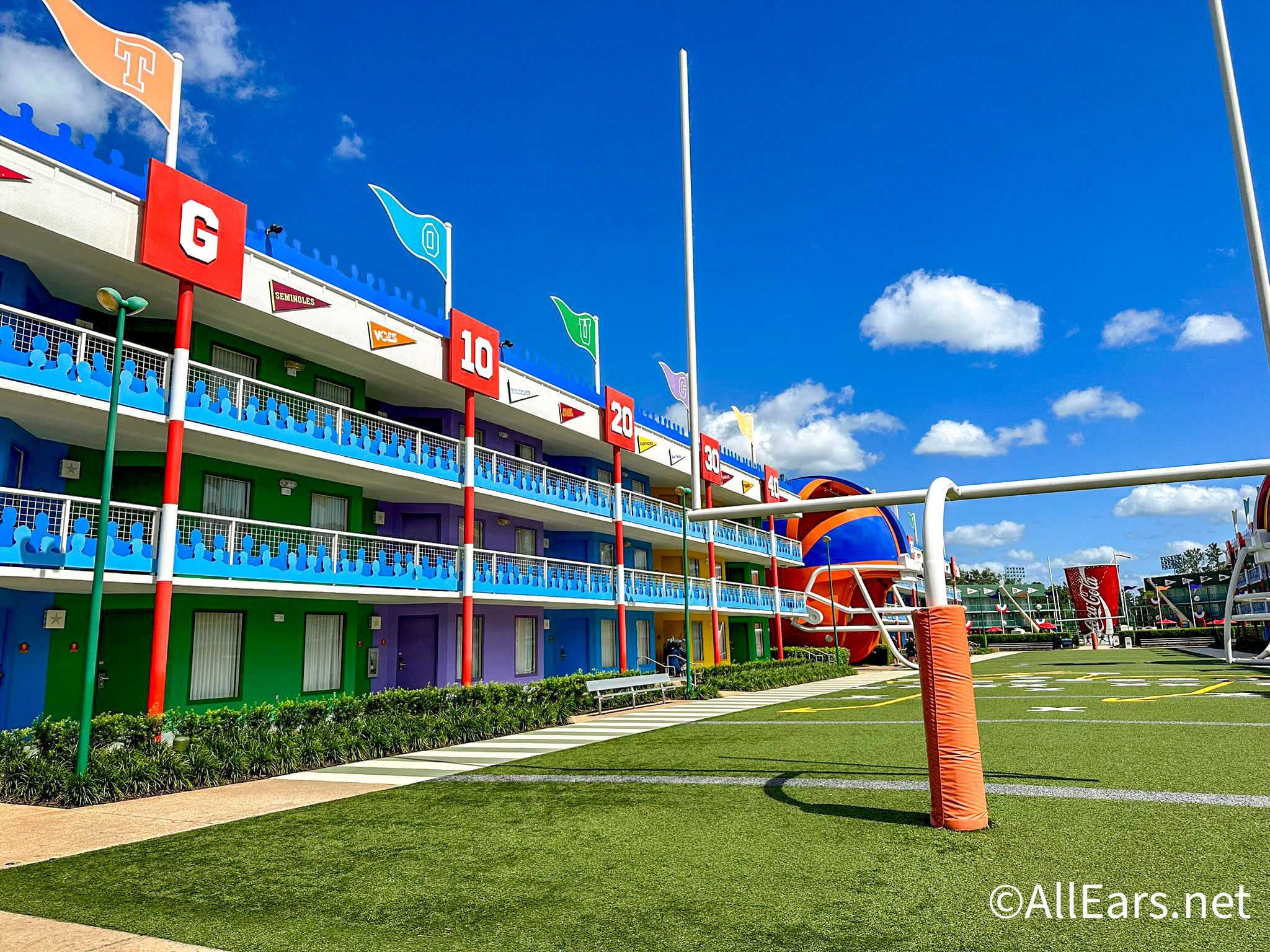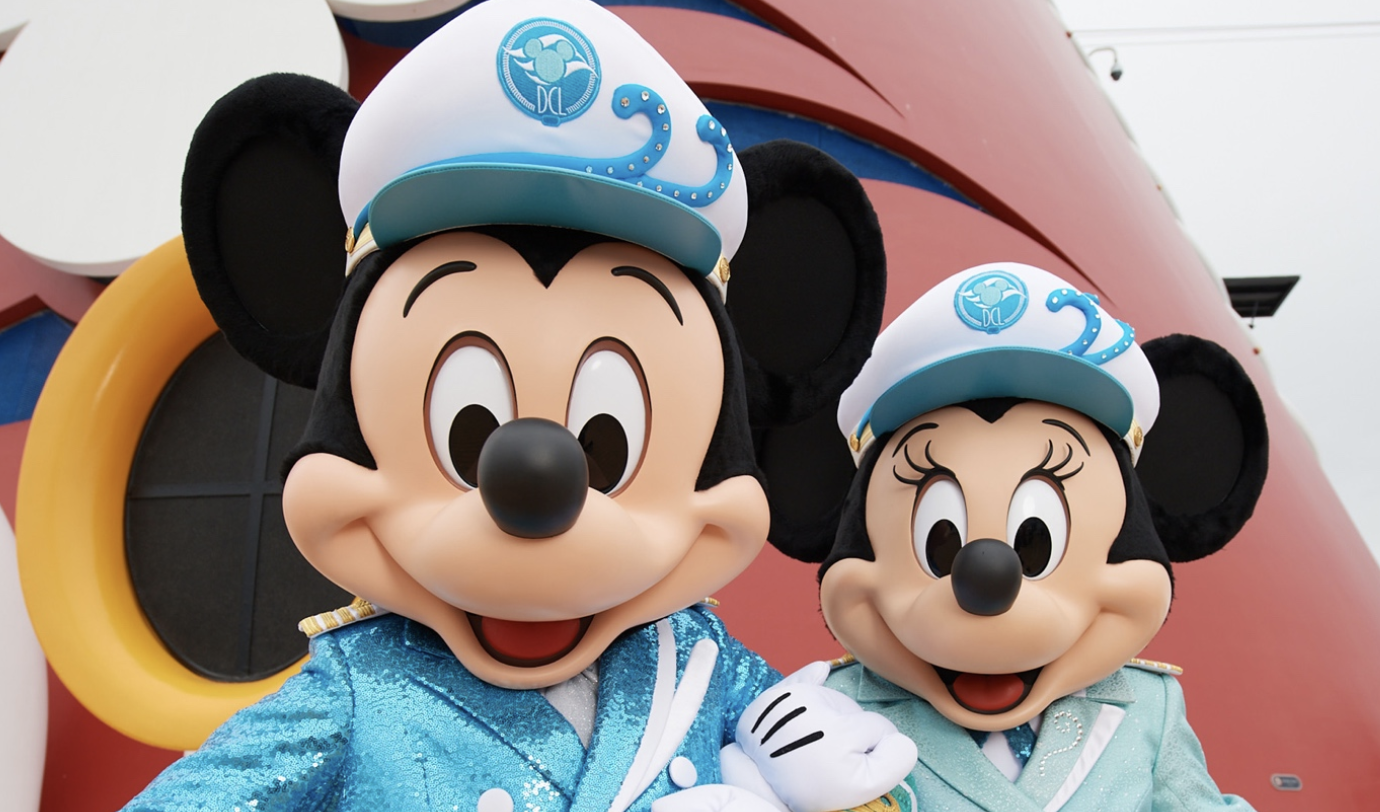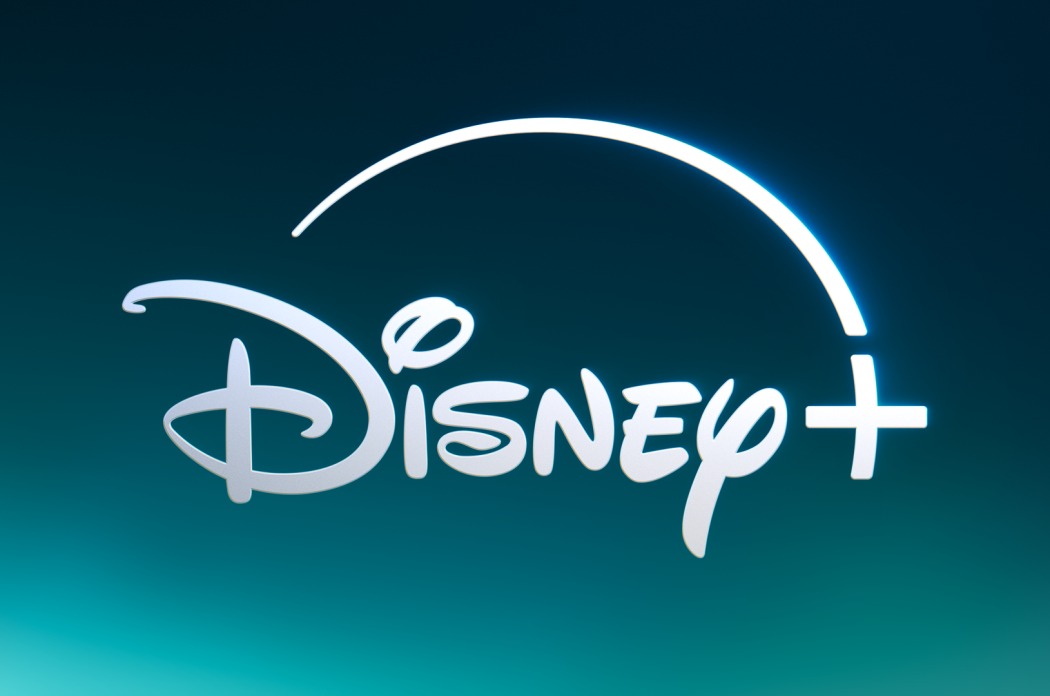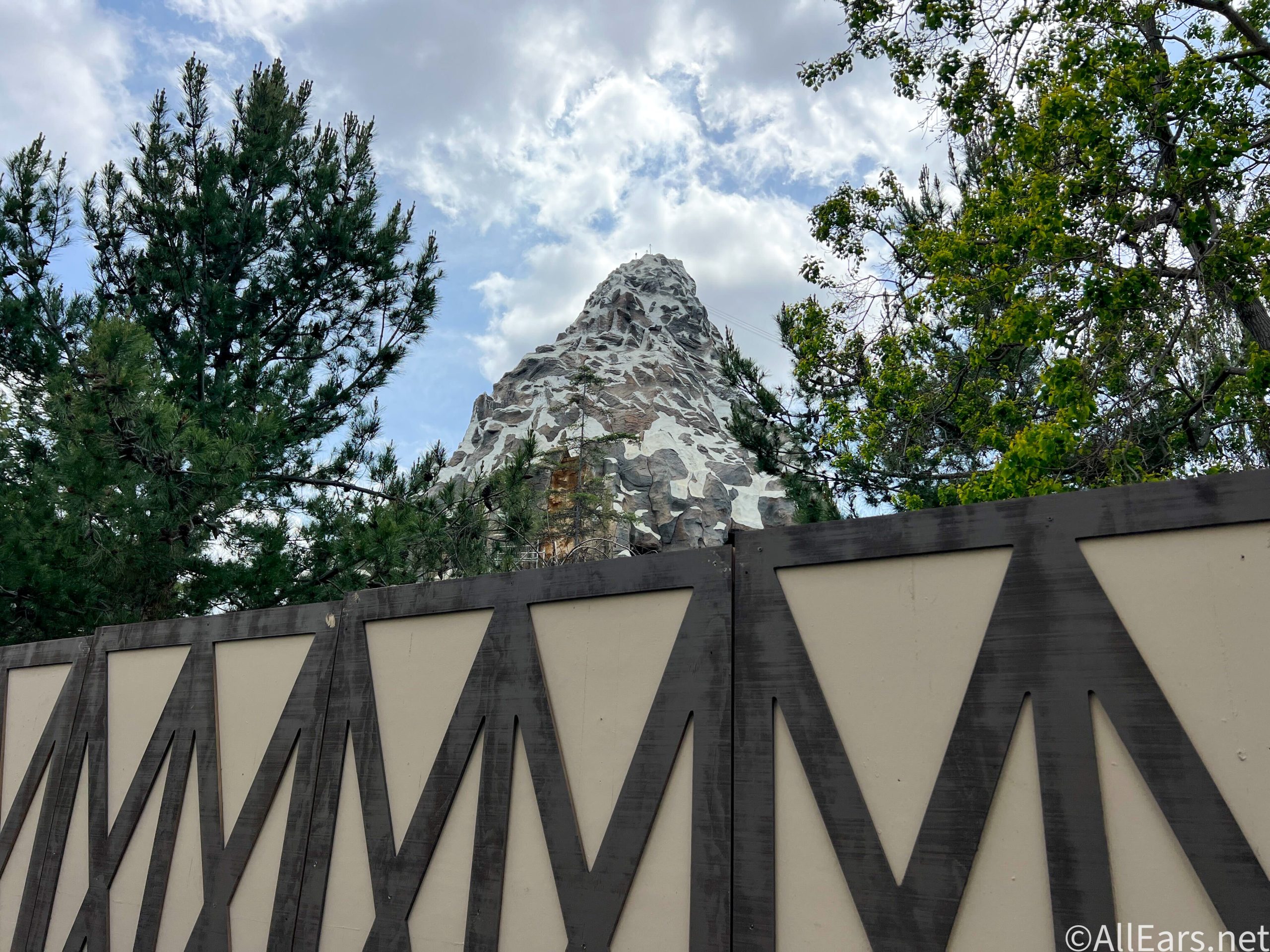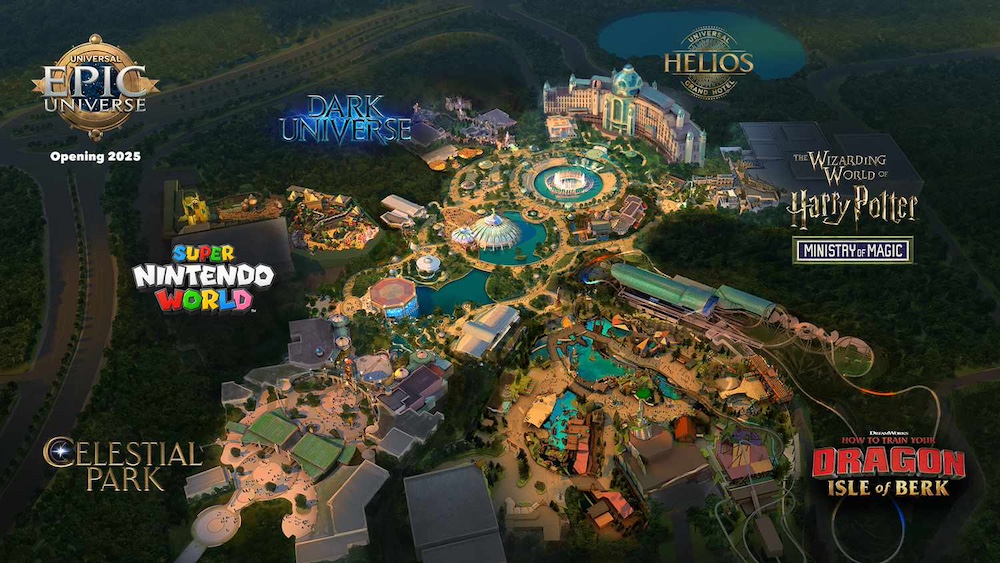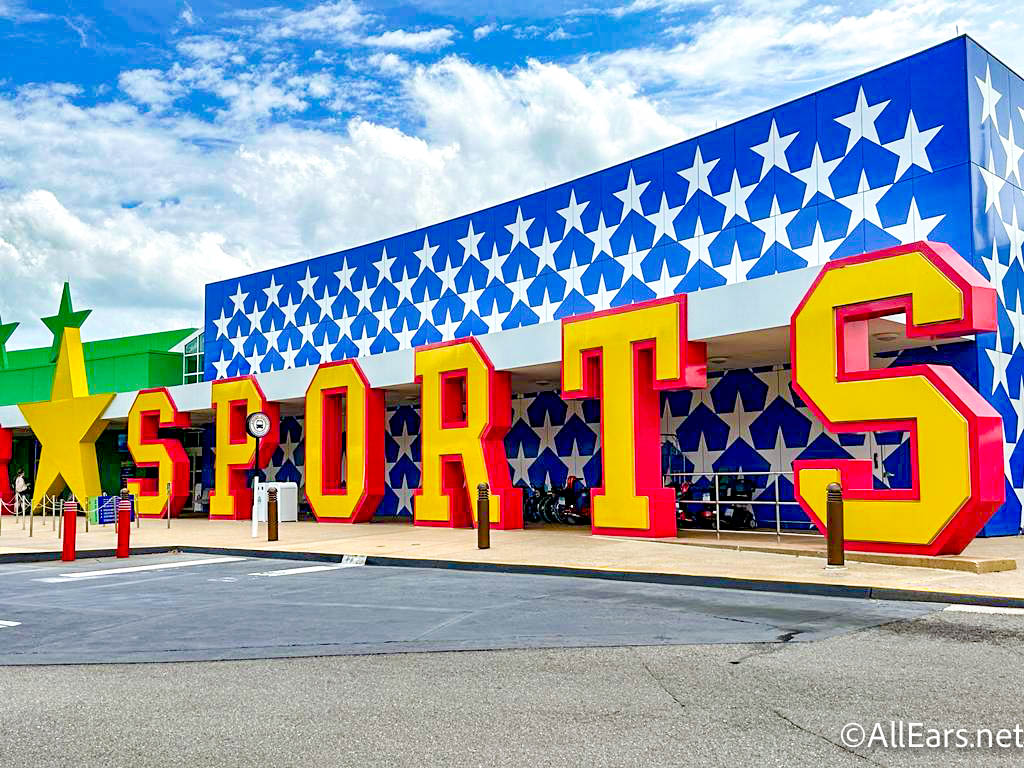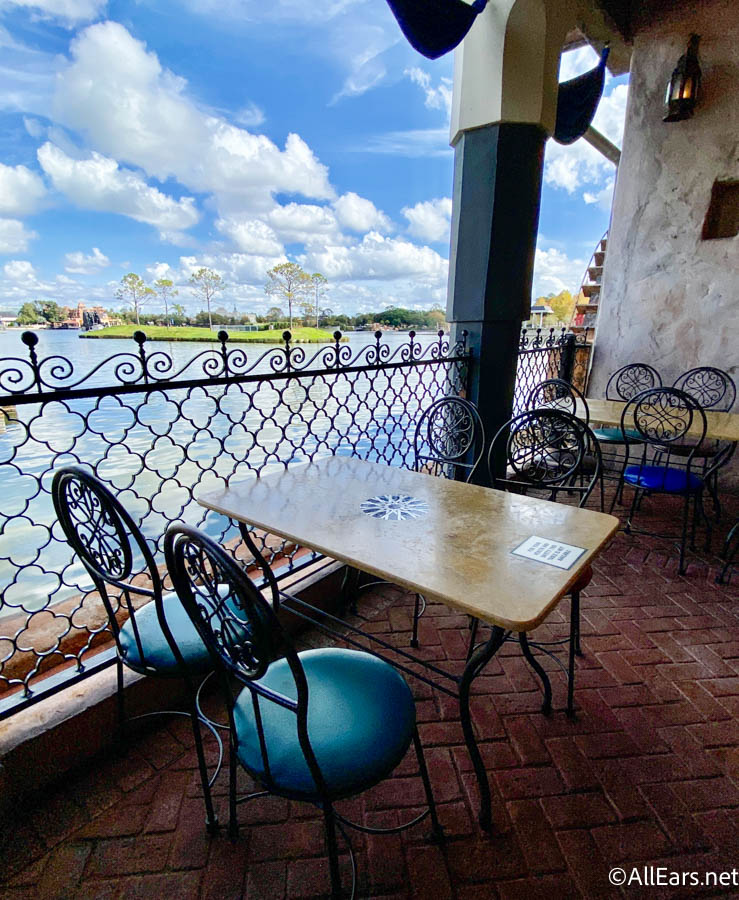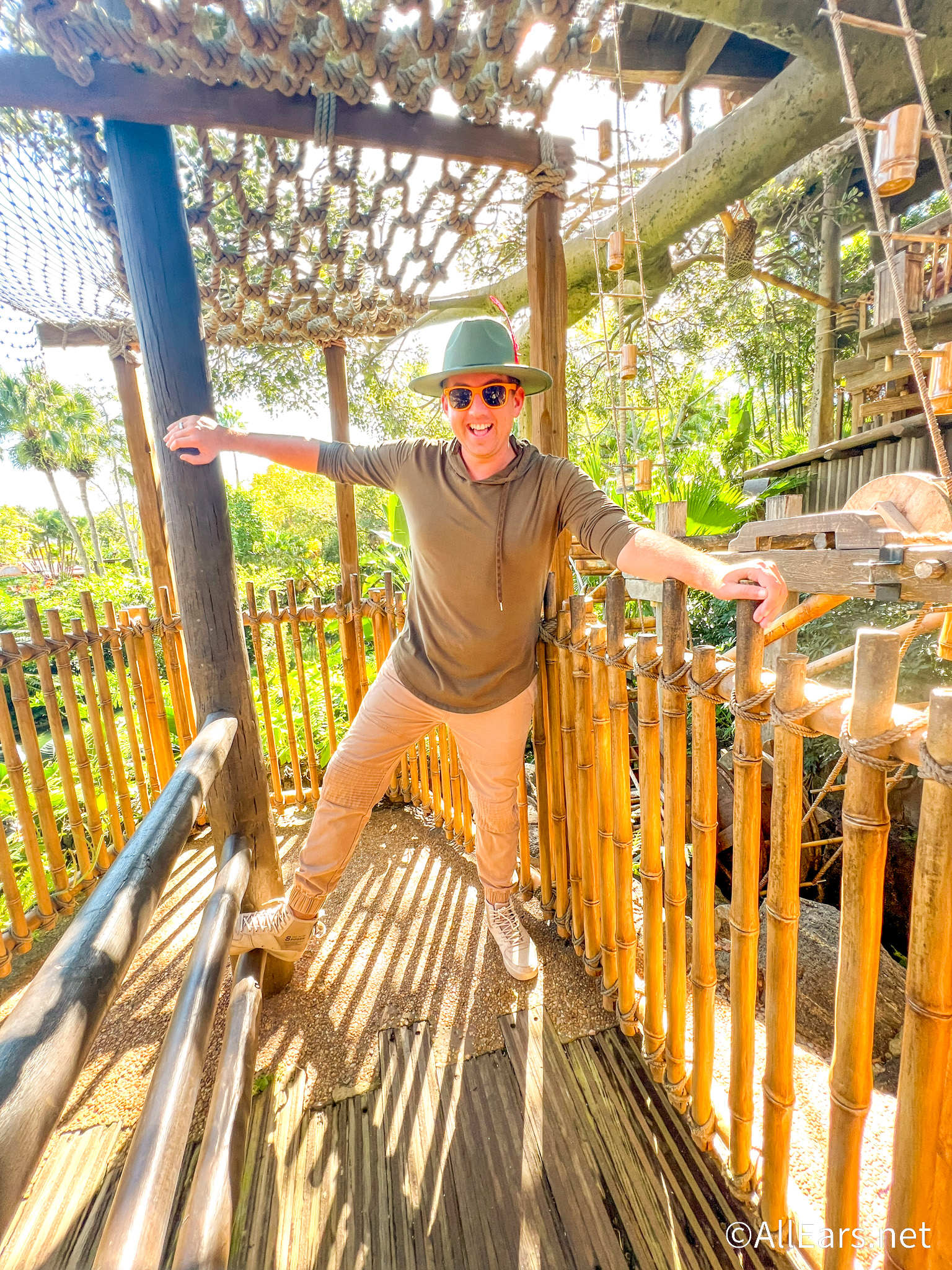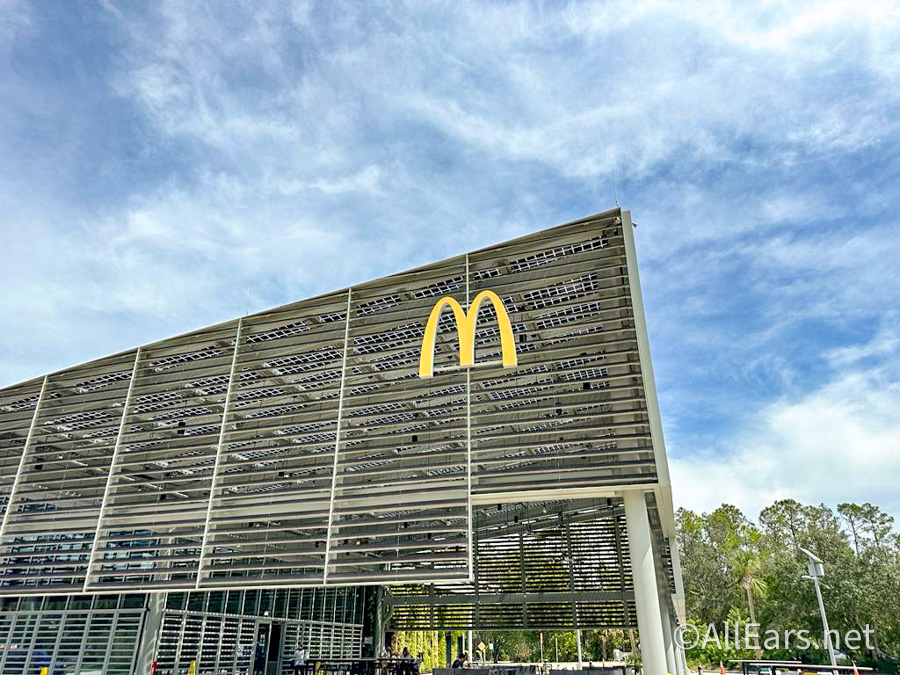The Legacy of the Haunted Mansion
by Mike Scopa
AllEars® Feature Writer
Feature Article
This article appeared in the August 23, 2011 Issue #622 of ALL EARS® (ISSN: 1533-0753)
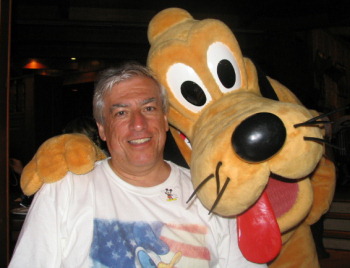 It's August and I am already seeing Halloween merchandise showing up in the stores. That brings me to think of one of my favorite attractions in Walt Disney World's Magic Kingdom — The Haunted Mansion.
It's August and I am already seeing Halloween merchandise showing up in the stores. That brings me to think of one of my favorite attractions in Walt Disney World's Magic Kingdom — The Haunted Mansion.
If you have not visited Walt Disney World's Magic Kingdom in the last five years or so, you will notice many changes the next time you're there. I'm not into spoilers, so if you really want to see the changes perhaps a visit to youtube.com will satisfy your curiosity.
It's safe to say that the Haunted Mansion continues to be a candidate for most underrated attraction Walt Disney World. It has come a long way. How long? Well let's look back and see.
Legend has it that Walt Disney first started thinking about a "ghost house" for Disneyland in the latter part of the 1950s. And, get ready for some trivia, when he decided he definitely wanted to make it happen, he turned the project over to an Imagineer — a special effects kind of engineer — by the name of Yale Gracey.
Many guests may not realize that The Haunted Mansion did not make its Disneyland debut until 1969, some 14 years after Disneyland first opened its gates.
But wait… let's go way back to the beginnings of The Haunted Mansion.
You see, when Walt Disney first started thinking about a theme park, some 60 years ago, he worked with one of his artists to make a concept drawing of this future amusement park. In that drawing was an extended area that contained not just a haunted house but an accompanying church and graveyard. It's said that this original sketch of what would soon be Disneyland was made in the early 1950s.
The artist who drew this haunted area with the haunted house overlooking a graveyard and church was Harper Goff. Goff's sketch pretty much collected dust for almost seven years because as you may or may not know, Disneyland opened sans Haunted House, sans church, sans graveyard. It wasn't until the late 1950s and Walt's plan for Disneyland expansion that the haunted house project was revived. Walt handed the project over to animator Ken Anderson, who had proven his talent in the design of Snow White's Scary Adventure and Mr. Toad's Wild Ride.
The plan was to feature this haunted attraction in a new area of Disneyland — an area to be known as New Orleans Square. Plans to build this attraction really did not become solid until Ken Anderson made a brief trip to San Francisco. It was there that Anderson toured the famous Winchester Mystery House (actually it's in San Jose). That trip inspired him with some ideas for the attraction, and when he returned to Anaheim he knew where to start. But remember, what sets Disney theme parks apart from other theme parks is that Disney is a storyteller — a master storyteller — and a story was not in place.
Several stories and scripts were considered. Here is another trivia tidbit. Before this attraction was officially dubbed the Haunted Mansion, the names tossed about for it could have very well been The Legend of Captain Gore or Bloodmere Manor, both of which have elements in what we see in the attraction today. It took a while for everyone involved to agree on exactly which elements would run well with guests and just exactly how the guests would navigate or for that matter be navigated through the attraction. Many Haunted Mansion fans may be interested to know that before the present story was finally agreed upon that there was even consideration to make this attraction an extension of the famous Legend of Sleepy Hollow tale.
It was the aforementioned Yale Gracey, along with fellow Imagineer Rolly Crump, who would take the decided-upon story for the attraction and determine what type of illusions could be created based on the technology available to them at that time.
The first mock-up of The Haunted Mansion surfaced in 1959, and it included elements from The Legend of Sleepy Hollow. To be more precise, I am talking about the portion involving the Headless Horseman. Of course, ideas and mock-ups would change over time.
In the early stages of development for this attraction, Walt Disney had two major issues. The first was that he was not thrilled with the idea of this attraction being a walk-through. That made sense. Think of the timing issues for each of the areas within the attraction. Would a walk-through attraction require cast members to accompany each group of guests? Would a walk-through attraction handle the crowds in a timely fashion? More importantly, would a walk-through attraction be effective in getting the guests to look in the direction the Imagineers wanted them to focus on at certain times?
The second issue he had is somewhat amusing. A haunted house should look run down and neglected. Walt did not want the outside of an attraction to look in striking contrast to the rest of the buildings in Disneyland. Cleanliness and looking shiny and new was important to the park's imagery. Walt eventually decided that the imagineers would be allowed to do whatever they wanted to on the interior of the ride but the external portion would be someone else's responsibility; and of course Walt would have a hand in that area.
The Haunted Mansion was first slated to open in 1963 but the projected schedule milestones took a bit longer than expected. When the latter part of 1963 came around, Walt had to pull many resources off the project because there was something on the horizon that needed attention rather quickly — the 1964 New York World's Fair. Walt's commitment to develop four attractions for the fair, including, among other things, an exhibit that would soon become another signature attraction (the Carousel of Progress) were now the priority.
But let's get back to the Haunted Mansion project. The project was essentially put on hold until the New York World's Fair was over before things would start moving again. That also brought a change as to who would take the project home. The three gentlemen who would do this were two animators, Claude Coates and X. Atencio, and a fellow whose name we are all familiar with, Mark Davis, who by this time had emerged as quite an Imagineer.
Regarding Atencio: although he was primarily an artist, his success as a scriptwriter with another attraction, The Pirates of the Caribbean, proved to be an indication as to how his storyboard talents would work for The Haunted Mansion.
Everything seemed to be finally in place. What everyone did not see coming was the most important turning point in the history of the Walt Disney Company.
Walt became ill.
Watch for Part II of the Legacy of The Haunted Mansion, which will appear in AllEars® in the near future.
=-=-=-=-=-=-=-=-=-=-=-=-=
ABOUT THE AUTHOR:
Mike Scopa has been a huge Disney fan for as long as he can remember. He first visited Walt Disney World in 1975 and has returned many times (how many? he's lost count!) since. Mike is a contributor to the Unofficial Guide to Walt Disney World and Cara Goldsbury's Luxury Guide to Walt Disney World. He is also co-host of the WDWTODAY Podcast and writes a blog, The View from Scopa Towers, for AllEars.Net: http://land.allears.net/blogs/mikescopa/ In addition, Mike is co-captain of Team AllEars® — the AllEars.Net Running Team that participates in the Walt Disney World Marathon Weekend. http://land.allears.net/blogs/teamallears/
-o-o-o-o-o-o-o-o-o-o-o-
Editor's Note: This story/information was accurate when it was published. Please be sure to confirm all current rates, information and other details before planning your trip.

